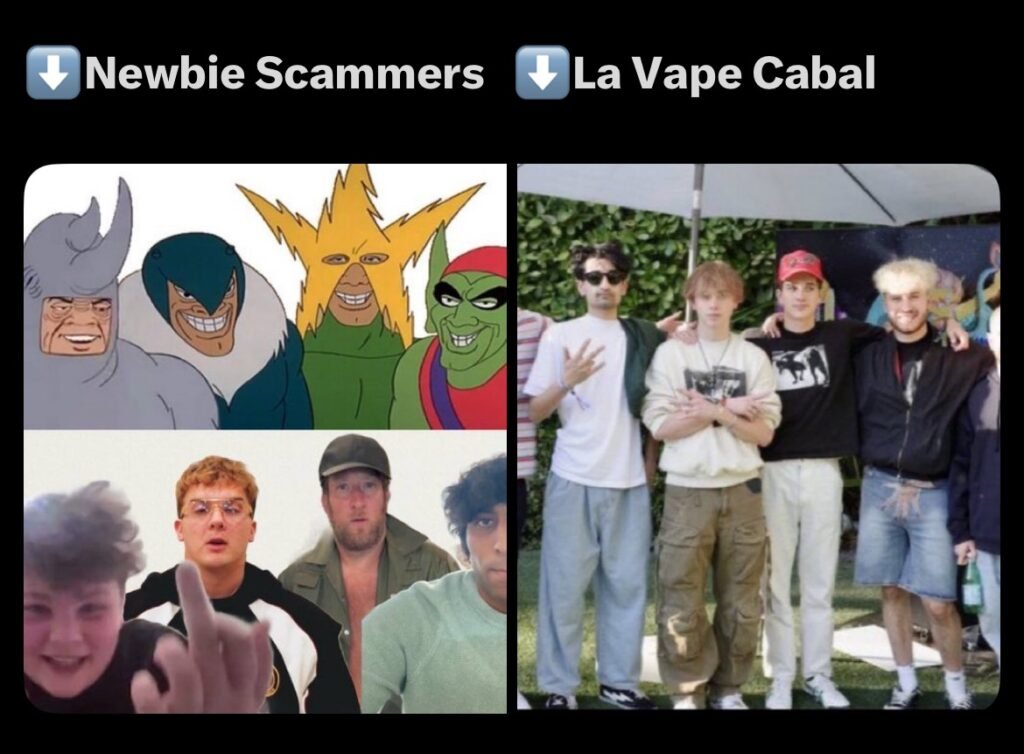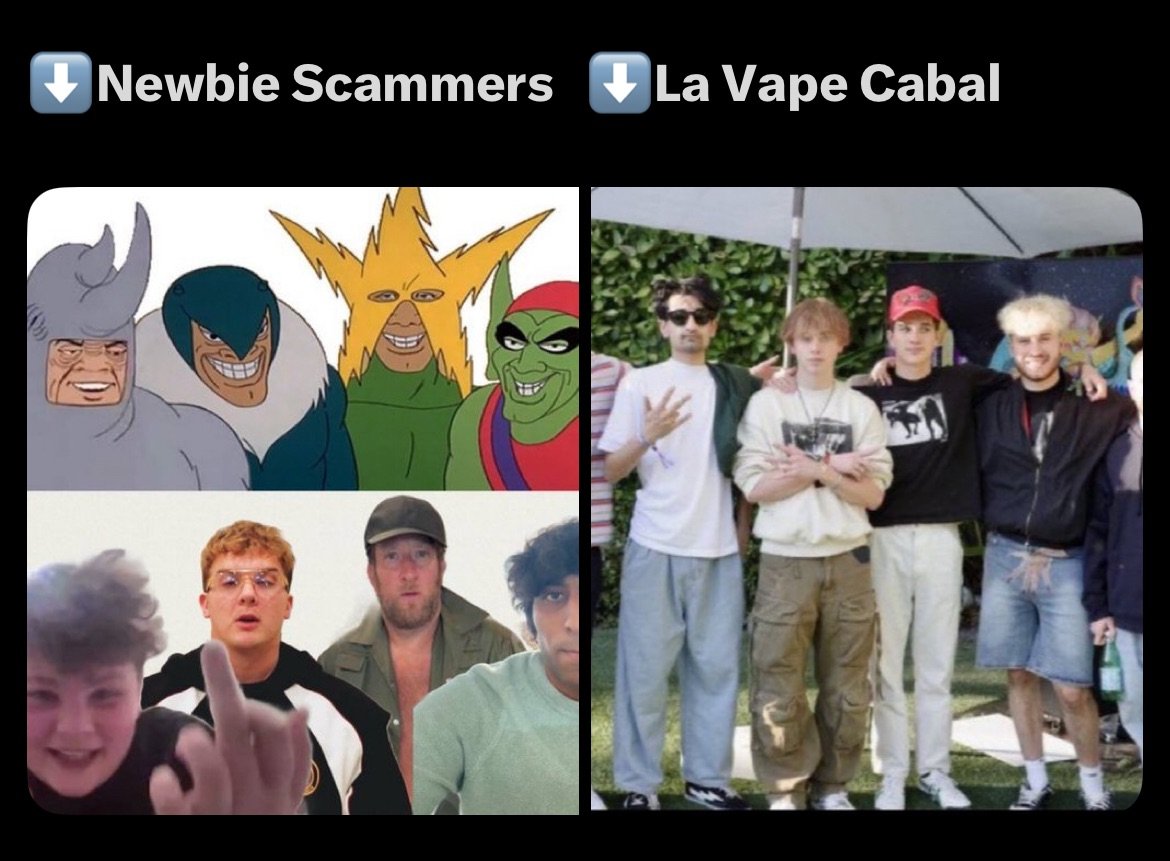
The crypto “trenches”—a term used to describe the chaotic, speculative underbelly of memecoin trading—are teetering on the edge of collapse. Fueled by platforms like Pump.fun and driven by viral social media hype, the memecoin gambling frenzy has drawn in countless newcomers with promises of quick riches. However, beneath the surface lies a cesspool of scams, manipulation, and exploitation that is eroding trust and value in this space. As of May 31, 2025, the trenches are poised to crash to zero, leaving many retail investors, especially crypto newbies, with significant losses. Here’s why, with examples to illustrate the dangers.
The Trenches: A Casino for Crypto Newcomers
The “trenches” refer to the high-risk, speculative memecoin trading scene where tokens are launched rapidly, often on platforms like Pump.fun, with little to no underlying value. These coins, inspired by internet memes or cultural phenomena, thrive on community hype and FOMO (fear of missing out). For newcomers to crypto, the trenches are an enticing entry point: low barriers to entry, cheap tokens, and the allure of massive gains. However, this environment is more akin to a casino than an investment opportunity, with odds heavily stacked against retail investors.
Reason 1: Rampant Scams Are Undermining Trust
The memecoin space has become a breeding ground for scams, exploiting the lack of regulation and the anonymity of crypto. Rug pulls, pump-and-dump schemes, and fake presales are common tactics used to fleece investors. For example, in early 2024, Froggy Coin gained traction through playful branding and promises of quick gains, only for developers to execute a rug pull, draining liquidity and leaving investors with worthless tokens. Similarly, the STONKS memecoin, promoted through a hack of Nasdaq’s X account, briefly hit a $123 million market cap before collapsing, highlighting how hackers exploit high-profile accounts to push fraudulent coins.
Another notorious case involves the HAWK memecoin, launched by Hailey Welch (aka the “Hawk Tuah girl”). Minutes after launch, it soared to hundreds of millions in market cap, only to crash over 90% as insiders sold off their holdings. While the team denied insider trading, the token distribution suggested otherwise, leaving retail investors, many of whom were new to crypto, with massive losses. These scams erode trust, making it harder for even legitimate memecoin projects to gain traction.
Reason 2: Exploitation of Newcomers Fuels Unsustainable Hype
Newcomers to crypto are particularly vulnerable in the trenches. Lured by stories of overnight millionaires—like the “Moo Deng whale” who turned $800 into $10 million—many jump in without understanding the risks. Scammers capitalize on this inexperience, using tactics like fake partnerships, inflated trading volumes, and bot-driven social media hype to create a false sense of legitimacy. For instance, some projects falsely claim partnerships with major exchanges or tech companies, enticing buyers to invest in presales, only to disappear with the funds.
The rapid pace of memecoin launches exacerbates the problem. In January 2025 alone, 1,250 new memecoins were launched in a single week on Pump.fun, a platform that allows anyone to create a token in minutes. This flood of tokens creates a chaotic environment where new investors struggle to distinguish legitimate projects from scams. As a result, many lose their initial investments, souring them on crypto entirely and reducing the influx of fresh capital needed to sustain the memecoin market.
Reason 3: Extraction by Insiders and Influencers
The trenches are rife with extraction schemes where insiders, influencers, and developers profit at the expense of retail investors. A crypto investigator revealed that a former Fortnite pro player, linked to the alias “Serpent,” was involved in scams that stole over $3.5 million through Pump.fun memecoins launched via hacked celebrity accounts, including those of McDonald’s and Wiz Khalifa. These schemes often involve insiders accumulating tokens at low prices, hyping them up, and then dumping them on unsuspecting buyers.
Influencers also play a role in this extraction. Andrew Tate, for example, has been accused of manipulating memecoin markets through pump-and-dump schemes. During a livestream, he promoted coins like Dork Nerd Geek ($DNG), which briefly hit an $800,000 market cap before crashing to near zero, costing his followers millions while a few wallets profited $240,000. Such practices not only drain value from the market but also disillusion new investors, who often bear the brunt of these dumps.
Reason 4: Market Sentiment Is at an All-Time Low
The constant cycle of scams and losses has led to a sharp decline in market sentiment. As one crypto commentator noted, “Sentiment now is probably as low, or probably lower than the FTX collapse.” The memecoin space, once seen as a fun way to engage with internet culture, is now viewed as a predatory “industrial complex” designed to extract wealth from retail investors. Posts on X reflect this frustration, with users lamenting that 20% of devs and platforms like Pump.fun are extracting over $600 million, while scammers and snipers exploit every launch. This growing distrust is driving investors away, further depleting the liquidity needed to prop up memecoin prices.
Reason 5: Lack of Value and Regulatory Pressure
Memecoins in the trenches lack intrinsic value or utility, relying solely on hype to drive prices. When the hype fades, as it inevitably does, prices crash. The $TRUMP token, launched by Donald Trump’s company, surged 300% to an $8 billion market cap before collapsing below its offering price in days, exemplifying this volatility. With 97% of memecoins failing within a year and over half suspected of being rug pulls or quick-cash grabs, the market is unsustainable.
Moreover, regulatory scrutiny is increasing. The absence of oversight has allowed scams to proliferate, but as governments crack down on crypto fraud, memecoins—seen as speculative and frivolous—are prime targets. This could lead to stricter regulations, further stifling the trenches and driving away investors.
The Inevitable Crash to Zero
The combination of rampant scams, exploitation of newcomers, insider extraction, declining sentiment, and lack of value is a death knell for the trenches. As trust erodes and new investors—once the lifeblood of this market—flee, liquidity will dry up, causing prices to plummet. The memecoin gambling scene, already on shaky ground, is set to crash to zero, leaving behind a cautionary tale for the crypto community.
Advice for Newcomers
If you’re new to crypto, avoid the trenches entirely. Focus on established projects like Bitcoin or Ethereum, which have clearer use cases and less volatility. If you’re drawn to memecoins, invest only what you can afford to lose, verify developer credentials, and check for locked liquidity to avoid rug pulls. Above all, don’t let FOMO cloud your judgment—the trenches are a casino, and the house always wins.

